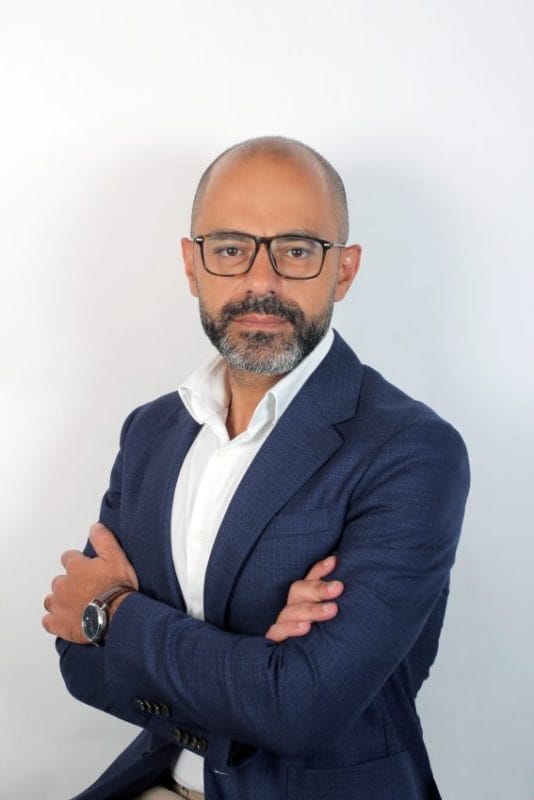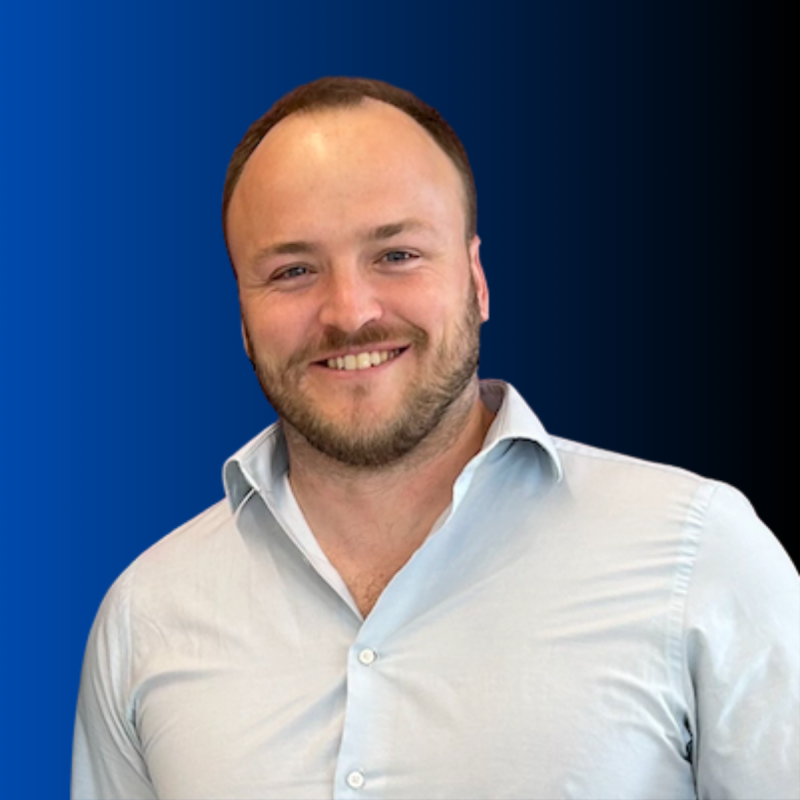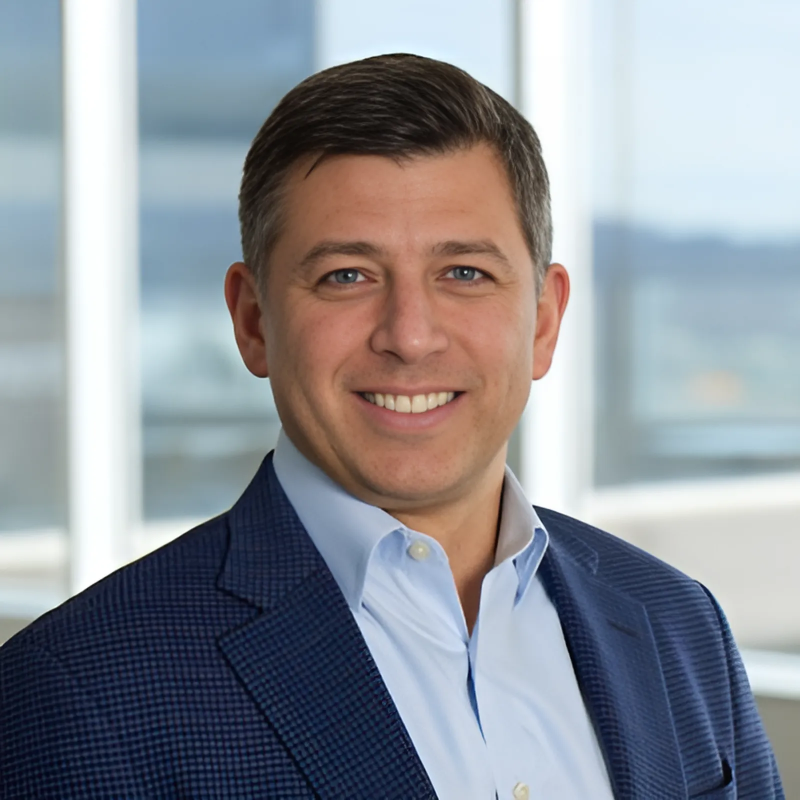An Interview with Charbel Rizkallah, Senior Healthcare Director, Honeywell Sensing & Safety Technologies
Can you tell our readers a little bit about yourself and your role at Honeywell?
I have been working in the healthcare space for the past 18 years. I joined Honeywell in 2013 as a leader in the Intelligent Life Care Business in the Middle East, and then relocated to the Czech Republic in 2019. In my current role as General Manager of Honeywell’s Healthcare Solutions, I bring a global perspective to the industry’s biggest challenges and how technology solutions can make a significant impact on both hospital operations and patient care.
I received a Bachelor of Engineering in Low Current Electrical Fields and an M.S. in Computer Communications from the Lebanese University Faculty of Engineering. I also hold an Executive MBA from the Lebanese American University and a Doctorate degree in Business Administration from Jean Moulin University in Lyon, France.
With cold and flu season approaching, more sick patients will be in hospitals in the coming months. What challenges do you anticipate hospitals facing this cold and flu season in particular?
The biggest challenge that healthcare providers will face during this cold and flu season is a lack of available staff. The workforce shortage has been increasing at an alarming rate. In the healthcare industry, it’s been projected that there will be a physician shortage of between 37,800 and 124,000 physicians by 2034 due to a combination of pandemic closures, physician retirements, and an accelerating demand for care. The industry is also experiencing a shortage of registered nurses, with a reported 610,000 nurses expected to leave the industry by 2027.
Another challenge is our aging population. By 2030, every baby boomer will be age 65 or older, meaning that one out of every five U.S. citizens will be of retirement age. Adults over 65 experience longer hospital stays than younger adults and account for approximately 70-85% of annual flu-related deaths in the United States. The combination of these factors emphasizes the critical need for healthcare organizations to be fully staffed this cold and flu season.
What can health systems do to combat this? What technologies or devices can help them deal with these shortages over the cold and flu season?
Amid the provider shortage and with the arrival of cold and flu season, hospital systems and healthcare organizations are preparing for an influx of sick patients by implementing tools and technologies to improve efficiency, while still maintaining high levels of care. For example, remote monitoring systems provide doctors and nurses with a solution to more efficiently monitor patients in the hospital or at home. These systems are designed to be continuously connected to patients, alerting clinicians to changes in patient vital signs, and markedly reducing the time required to collect and act upon patient data.
Back in April, we announced a real-time health monitoring system currently being sold in Europe, the Middle East and Africa as well as the Asia-Pacific region that uses a skin patch with sensory technology to capture and record patients’ vital signs (respiratory rate, heart rate, skin temperature, posture) both within the hospital setting and remotely.
What can you tell me about Honeywell’s solution?
By automating essential processes, Honeywell’s real-time health monitoring system helps free up hospital beds, can reduce the exposure of less sick patients to hospital viruses and may save clinicians hours of error-prone administrative tasks. Across the healthcare industry, the growing trend of telemedicine and implementing remote patient monitoring technologies is helping enhance the overall patient experience.
Honeywell’s solution uses advanced sensing technology to monitor vital signs via a skin patch, which connects the data instantaneously to healthcare providers on mobile devices and an online dashboard, helping healthcare providers to monitor patients concurrently and improve response time when intervention is needed.
Real-time health monitoring systems unlock the ability to provide care for patients in the home, at ambulatory care centers or elsewhere outside of hospital walls. By bringing vital sign monitoring closer to where patients live, patients can receive care in their own environments, hospital readmissions can be reduced and beds can be freed up for those requiring higher-level care. Honeywell’s system can also improve patient quality of life and satisfaction, an often-overlooked benefit of remote monitoring. The ability to have vitals monitored in real time, regardless of where patients are, provides greater freedom and flexibility without needing to make regular trips to the hospital or being tethered to a hospital bed.
Are there any other technologies or solutions that can drive better patient outcomes this cold and flu season?
While they might not always be visible at a glance, medical sensors in the healthcare industry play crucial roles in the operation of medical devices that must measure pressure, force, airflow, oxygen, pulse oximetry or temperature. For example, an oxygen concentrator is used to provide air with increased oxygen for patients with respiratory illnesses whose lungs are not able to absorb oxygen properly. An oxygen sensor is used within an oxygen concentrator to monitor the oxygen concentration level in the air provided to the patient; a pressure or airflow sensor is used to control the airflow.
Ventilators are another life-saving technology that health providers rely on, helping those who are breathing insufficiently or are physically unable to breathe, during an operation or within an intensive care or high dependency unit. Humidity sensors within a ventilator help control the temperature and moisture content of the air delivered to the patient.
Medical sensors are increasingly being used in home care equipment as well, benefitting patients during cold and flu season as hospital resources are stretched. As life expectancies become longer and technology advancements continue, patient treatments will increasingly move beyond the hospital and into the home. Sensors embedded in equipment like CPAP machines and blood pressure cuffs enable these devices to perform accurately and reliably, regardless to setting, helping decrease care costs while simultaneously improving patient care outcomes.
While it may seem like second nature today, we also cannot underestimate the role of facial coverings during cold and flu season, such as N95 masks. It’s critical that individuals use masks correctly to help lower their risk of respiratory hazards. Tips to correctly utilize masks include using a high-quality mask, ensuring the mask fits properly and taking the surrounding environment into consideration, as indoor settings often experience higher rates of illness compared to outdoor settings. When in a healthcare setting like a hospital or clinic, where people around you may be ill, wearing a mask can help minimize risk of infection.




